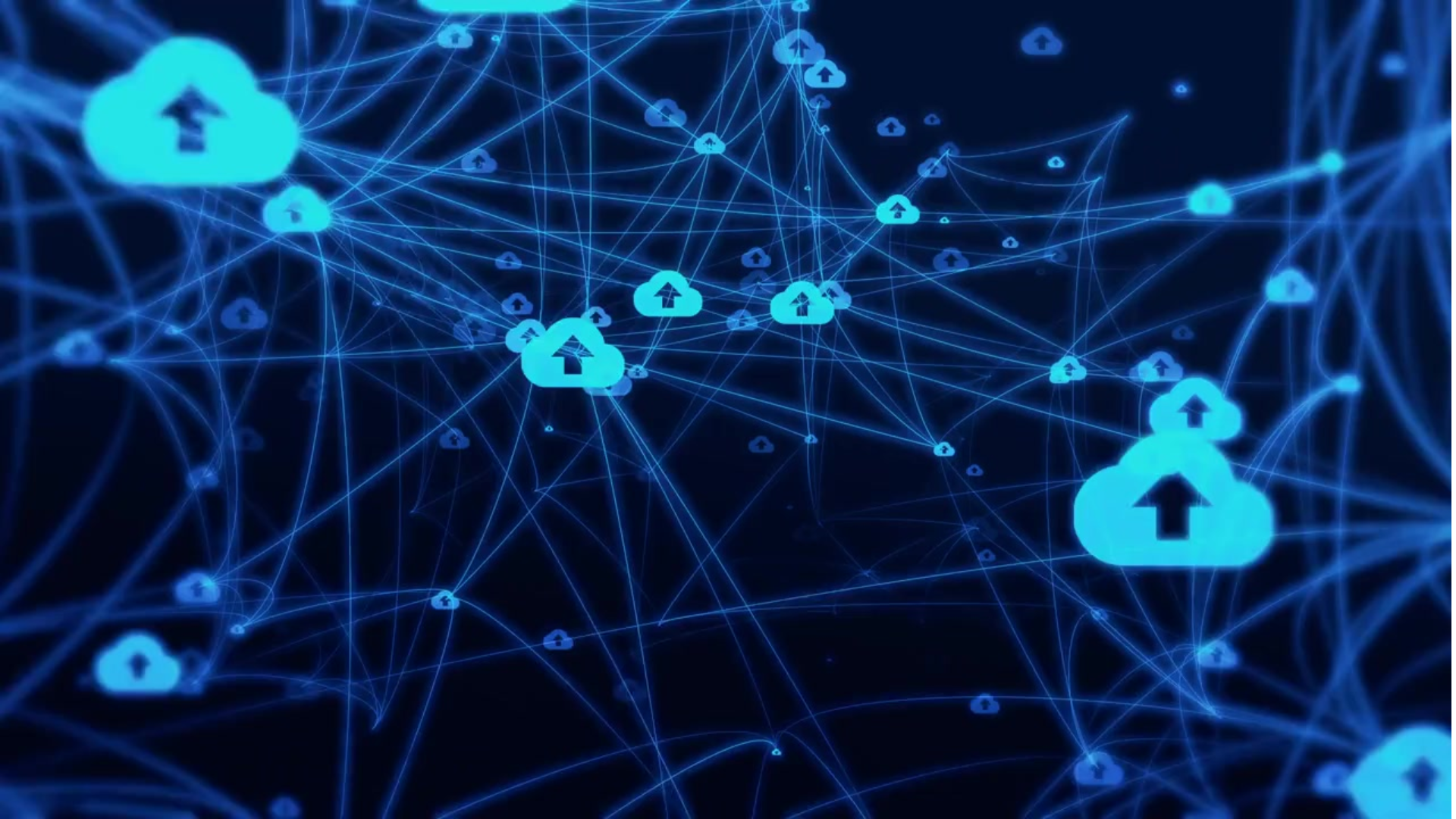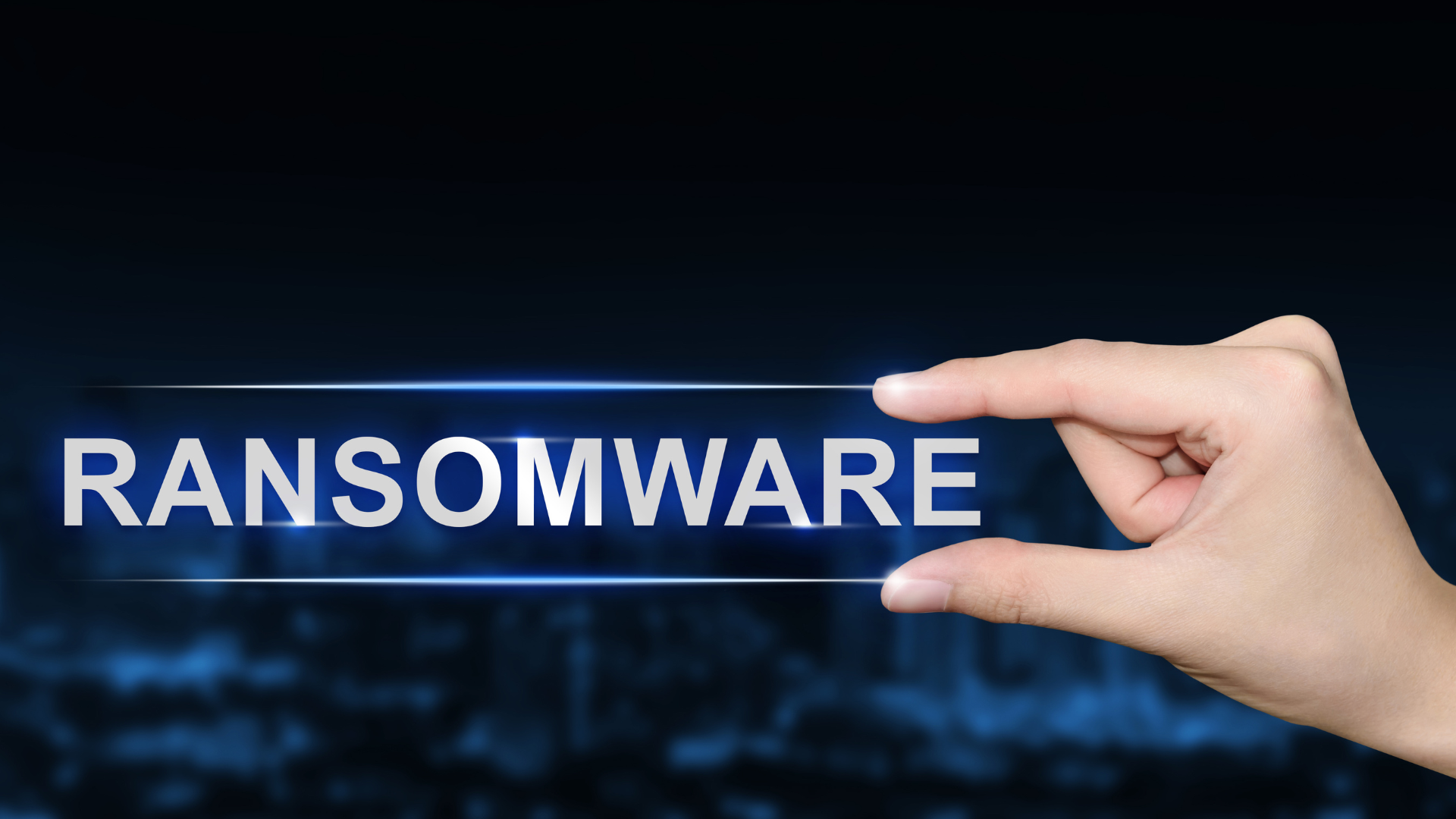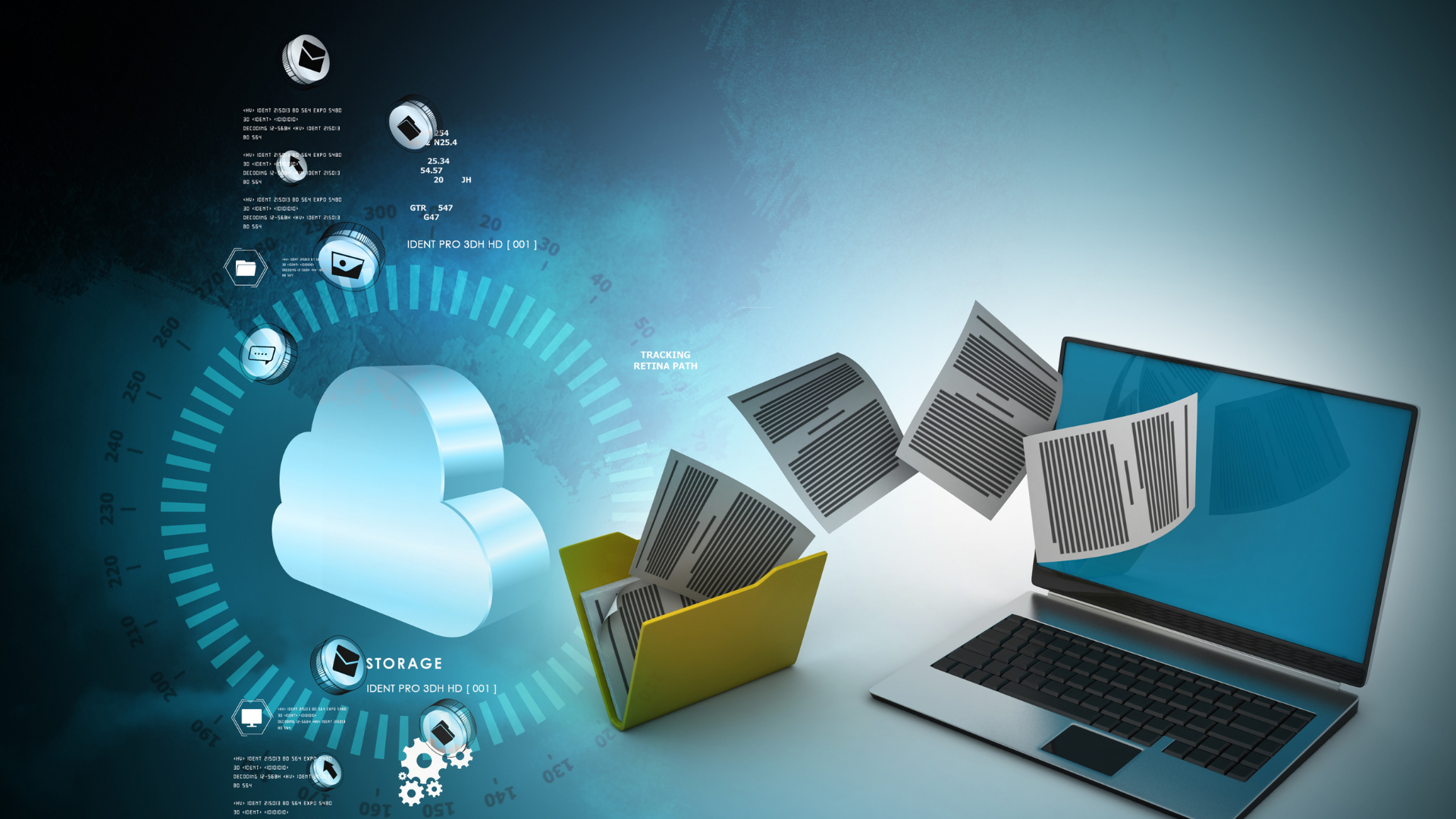Cybersecurity for Small Businesses: Why It’s Non-Negotiable in 2024
In today’s interconnected world, cybersecurity isn’t just a concern for large enterprises—it’s critical for small and medium-sized businesses (SMBs). With the rapid rise of cyber threats, no business is immune. Unfortunately, many SMBs mistakenly believe they’re too small to be targeted or lack the resources to implement robust cybersecurity measures.
At K9 Webops, we understand these challenges, and we’re here to bridge the gap, providing enterprise-grade cybersecurity solutions tailored specifically for SMBs. Let’s explore why cybersecurity is essential for your business and how you can take actionable steps to protect your assets, reputation, and future.
The Growing Threat Landscape for SMBs
When you think of cyberattacks, you might picture a large corporation making headlines after a data breach. However, the reality is that SMBs are increasingly in the crosshairs of cybercriminals. Here’s why:
1. Perceived Weak Defenses : Hackers often target SMBs because they assume smaller businesses lack the robust defenses of larger enterprises.
2. Valuable Data : Even small businesses handle sensitive customer information, making them attractive targets for data theft.
3. Automation in Cybercrime : Modern hacking tools allow cybercriminals to automate attacks, casting a wide net to target businesses indiscriminately.
Key Statistics to Consider
• 43% of cyberattacks target SMBs.
• 60% of SMBs close within six months of a cyberattack.
• The average cost of a data breach for SMBs is $120,000—a devastating blow for many small businesses.
Understanding the Top Cyber Threats
To effectively protect your business, it’s essential to understand the types of threats you’re up against. Here are some of the most common cyber risks faced by SMBs:
1. Phishing Attacks
Phishing remains one of the most prevalent and damaging forms of cyberattacks. These attacks typically involve fraudulent emails or messages that trick employees into revealing sensitive information or downloading malicious software. Phishing can lead to stolen credentials, data breaches, and ransomware infections.
How to Defend Against Phishing
• Train employees to recognize suspicious emails.
• Use email filtering tools to block phishing attempts.
• Implement multi-factor authentication (MFA) to protect accounts even if credentials are stolen.
2. Ransomware
Ransomware attacks have surged in recent years, with cybercriminals encrypting business data and demanding payment for its release. SMBs are particularly vulnerable because they often lack comprehensive backups or recovery plans.
How to Defend Against Ransomware
• Regularly back up critical data to an offsite location.
• Keep software and systems updated to patch vulnerabilities.
• Use endpoint protection tools to detect and block ransomware.
3. Insider Threats
Not all cybersecurity threats come from external sources. Insider threats—whether intentional or accidental—can pose significant risks. These can range from disgruntled employees stealing data to well-meaning staff members falling victim to social engineering.
How to Defend Against Insider Threats
• Implement strict access controls, ensuring employees only have access to the data they need.
• Conduct regular cybersecurity training.
• Monitor user activity to detect unusual behavior.
4. Software Vulnerabilities
Outdated software and unpatched systems are a common entry point for cybercriminals. Exploiting known vulnerabilities allows attackers to gain unauthorized access to your systems.
How to Defend Against Software Vulnerabilities
• Regularly update and patch all software.
• Use a vulnerability management tool to identify and address risks.
• Replace legacy systems with modern, secure alternatives.
The Cost of Ignoring Cybersecurity
While the financial cost of a cyberattack is staggering, the repercussions extend far beyond immediate monetary losses. Consider the following consequences:
1. Operational Downtime
A cyberattack can disrupt your operations for days, weeks, or even longer. During this time, you’re unable to serve customers, process transactions, or fulfill orders.
2. Regulatory Fines
If your business handles sensitive customer data, you may be subject to data protection regulations such as GDPR, CCPA, or HIPAA. A data breach can result in hefty fines for non-compliance.
3. Lost Trust and Reputation
Customers trust you to keep their data safe. A single breach can erode that trust, causing customers to take their business elsewhere. Rebuilding your reputation can take years.
4. Long-Term Financial Impact
Even if you recover from an attack, the long-term financial impact can linger. Legal fees, increased insurance premiums, and investments in security upgrades can strain your budget.
How K9 Webops Protects Your Business
At K9 Webops, we specialize in making cybersecurity accessible and effective for SMBs. Here’s how we help:
1. Free Cybersecurity Assessments
We start with a comprehensive assessment of your current security posture. This includes identifying vulnerabilities, evaluating risks, and providing actionable recommendations to strengthen your defenses.
2. Tailored Solution Recommendations
Cybersecurity isn’t one-size-fits-all. We take the time to understand your business’s unique needs and challenges, recommending solutions that align with your goals and budget.
3. Solution Sourcing Through AppDirect
Through our partnership with AppDirect, we have access to a vast marketplace of cutting-edge tools and technologies. This allows us to source the best solutions for your business at competitive rates.
4. Custom Solution Design
Whether you need a secure network, robust data protection, or advanced threat monitoring, we design and implement solutions that integrate seamlessly into your operations.
5. Ongoing Support and Monitoring
Cybersecurity is an ongoing process. We provide continuous monitoring and support to ensure your defenses stay strong as threats evolve.
Practical Steps You Can Take Today
Even as you consider professional cybersecurity services, there are steps you can take immediately to improve your security posture:
1. Implement Multi-Factor Authentication (MFA): Add an extra layer of security to your accounts.
2. Train Your Team: Conduct regular training sessions to educate employees about cybersecurity best practices.
3. Backup Your Data: Ensure critical data is backed up regularly and stored securely.
4. Update Your Software: Keep all systems and applications up to date.
5. Review Access Controls: Limit access to sensitive information based on roles and responsibilities.
The Future of Cybersecurity for SMBs
As technology continues to evolve, so do the threats. The rise of artificial intelligence, the Internet of Things (IoT), and remote work has created new challenges for SMBs. Staying ahead of these threats requires a proactive approach and a commitment to continuous improvement.
At K9 Webops, we’re not just protecting your business today; we’re preparing you for the challenges of tomorrow. By partnering with us, you gain a trusted advisor dedicated to your success.
Take Action Now
Cybersecurity is no longer optional—it’s essential. Don’t wait for an attack to act. Protect your business, your customers, and your future with K9 Webops.
Start today with a free cybersecurity assessment. Let’s work together to secure your success.










